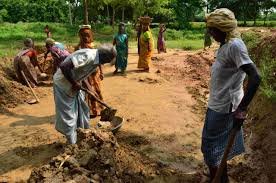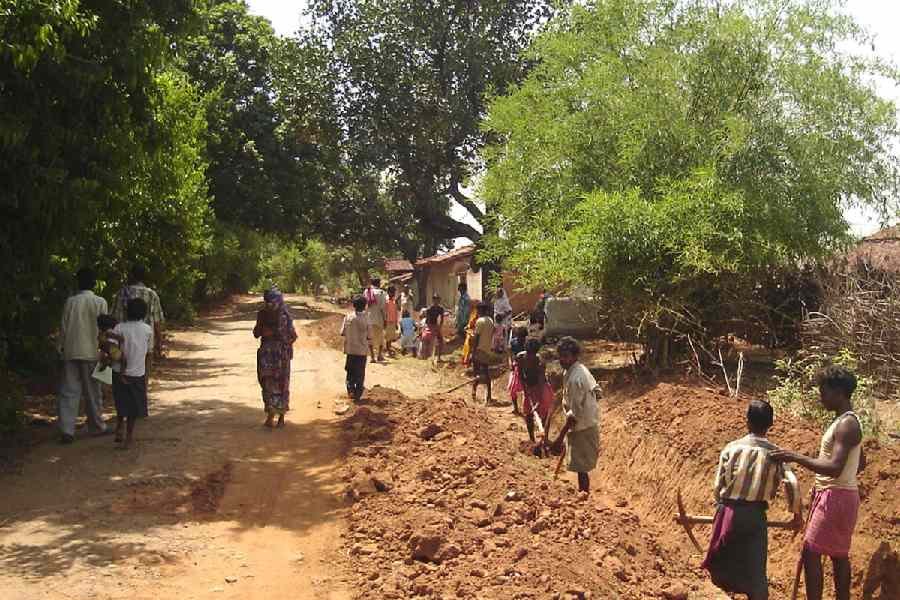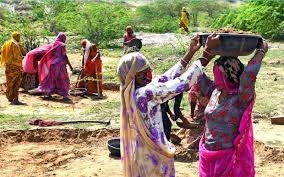The Mahatma Gandhi National Rural Employment Guarantee Act (NREGA), also known as MGNREGA, is a groundbreaking initiative in India aimed at combating rural poverty and unemployment. As one of the world’s largest social welfare programs, NREGA has significantly impacted millions of lives since its inception. In this article, we’ll explore the essential aspects, achievements, and challenges of this revolutionary program. By the end, you’ll understand why NREGA is more than just a policy—it’s a lifeline for rural India. 10 Power Facts About NREGA That Everyone Needs to Know
1. The Genesis of NREGA
Let’s start with the basics. Launched in 2005, NREGA was a bold step by the Indian government to ensure livelihood security for rural households. The program guarantees at least 100 days of wage employment in a financial year to every household willing to do unskilled manual work. Unlike other schemes, this one is backed by legal rights, which makes it unique and reliable for rural families.
2. A Game-Changer for Rural Employment
Did you know NREGA has transformed the rural job market? It’s built on a demand-driven model, meaning employment is provided when people request it. In 2022-23 alone, over 280 million households registered under the program. Imagine the sheer scale—it’s nothing short of phenomenal!
3. Empowering Women and Marginalized Communities
One of the most heartwarming aspects of NREGA is its inclusivity. At least one-third of the beneficiaries are required to be women. In some states, women’s participation has even surpassed 50%, shattering stereotypes and granting them financial independence. Plus, marginalized groups like Scheduled Castes (SC) and Scheduled Tribes (ST) have found a strong ally in this program. Isn’t that inspiring?
4. Tackling Rural Distress During Crises
Here’s something to think about: How do rural communities survive during tough times like droughts or pandemics? NREGA often steps in as a lifesaver. During the COVID-19 lockdown, for instance, demand for the program surged as migrant workers returned to their villages. It provided immediate employment and acted as a shield against economic hardship.
5. Building Durable Assets in Rural India
NREGA isn’t just about jobs—it’s about transformation. The program funds the creation of durable assets like roads, irrigation facilities, and water conservation structures. These projects don’t just provide work; they also improve rural infrastructure and agricultural productivity for years to come.
6. Technology-Driven Implementation
In today’s digital world, even social welfare programs are leveraging technology. NREGA has adopted tools like biometric attendance systems and geotagging of worksites to ensure transparency. Have you heard of the Ministry of Rural Development’s MIS (Management Information System)? It’s a real-time monitoring platform that’s helping the program stay efficient and accountable.
7. Challenges in Implementation
Of course, no program is without its challenges. Delayed wage payments, insufficient funding, and lack of awareness among beneficiaries are some hurdles NREGA faces. Addressing these issues is crucial. After all, how effective can a safety net be if it has gaps?
8. NREGA’s Economic Impact
Let’s look at the bigger picture. By increasing household income, NREGA has significantly boosted rural economies. Many families now have greater purchasing power, which helps local markets thrive. It has also reduced migration to urban areas, enabling rural communities to stay together and grow together.
9. Environmental Benefits of NREGA
Here’s a fact you might not know: Many NREGA projects focus on environmental conservation. Activities like water conservation, afforestation, and soil erosion control are common under the scheme. These initiatives not only provide jobs but also benefit the planet, making it a win-win for everyone involved.
10. Looking Ahead: The Future of NREGA

So, what’s next for NREGA? As India’s rural landscape evolves, so must this program. Policymakers are exploring ways to integrate skill development and link it with other government schemes. Strengthening grievance redressal systems and increasing budgets will also play a crucial role in its future success. The potential is enormous, and the possibilities are exciting.
Conclusion
NREGA isn’t just a program—it’s a beacon of hope for millions. By offering guaranteed work, it has transformed lives, strengthened communities, and built a more resilient rural economy. Sure, there are challenges, but the achievements overshadow them by a mile. As we look ahead, it’s clear that NREGA will continue to play a vital role in shaping a more equitable and sustainable India.
Internal Link:-atzworld








